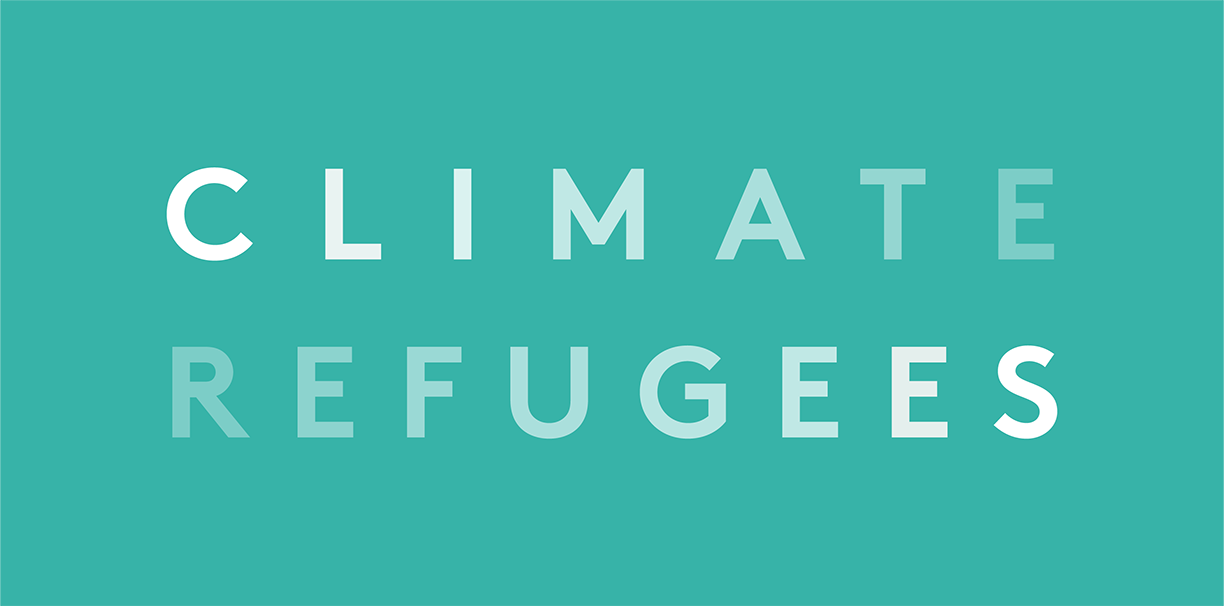Last week, the Intergovernmental Panel on Climate Change (IPCC) published its Sixth Synthesis Report, summarizing the state of knowledge on climate change science with a clear message: “if we act now, we can still secure a liveable sustainable future for all.” The report also makes clear that yes, the climate is changing and with it, patterns of migration as well.
Agroforestry and the Case for Centering Local Needs in Climate Resiliency
Agroforestry involves a wide range of trees that are protected, regenerated, planted or managed in agricultural landscapes so that they interact synergistically with annual crops, livestock, and wildlife. Not only is agroforestry positioned to enhance general crop yields through regenerative farming techniques, but fruit and other trees planted can themselves be used to generate food and other commercially marketable products, such as timber, fodder for livestock, fuel, and medicinal herbs. By improving both food and economic security–arguably the biggest consequences of climate disruption and the greatest drivers of climate migration globally–agroforestry embodies adaptation in the most holistic sense of the term. Not to mention, of course, the mitigation objectives that can be achieved simultaneously. In fact, when done on a sufficiently large scale, carbon credits can be tapped to provide a direct source of finance to those communities leading the change.
IPCC Warns of Climate Traps Among Refugees and Displaced Peoples
In Chapter 8: Poverty, Livelihoods, and Sustainable Development, the IPCC has a sub-section titled “Box 8.1: Climate Traps: A Focus on Refugees and Internally Displaced Peoples” where the authors highlight the extreme vulnerability refugees and internally displaced peoples have to climate change and how this cycle of multidimensional poverty perpetuates itself - what we might term ‘climate trap.’
The term ‘climate trap’ or ‘poverty trap’ as it is more commonly known, is a concept that is widely used by development practitioners or academics within the scope of development. ‘Poverty trap’ is the notion that poverty begets poverty. Take for example a family in a poor rural community in a developing country who grows crops for sustenance and possibly, livelihood. It is not uncommon for such families to be in dire situations economically that children aren’t able to attend school because even they must work in the fields for their families to survive. During my time in Mongolia, and now in Kyrgyzstan, I’ve seen many families forced into situations like this.
The World Cup of Climate Injustice
When the world’s best players take the field in November, they will be playing in stadiums that at least 6,500 migrant workers died to build. It is believed that the number could actually be much higher, Of the countries that sent a large number of migrant workers to Qatar, India, Pakistan, Nepal, Bangladesh and Sri Lanka are the only ones that actually kept track of how many of their citizens have died. Since 2010, an average of 12 people have died each week constructing the World Cup infrastructure from these five countries alone. Other countries with a large number of workers in Qatar, including The Philippines and Kenya, have not kept track of fatalities. On average nearly two workers have passed away daily, listed officially as ‘natural causes.
Haitian Migrant Treatment Just the Latest Sign US is Woefully Unprepared for Climate Migration
Indeed, Haiti is considered the most climate-vulnerable nation in Latin America and the Caribbean. But the far-reaching effects of climate vulnerability, such as diminished crop yields in largely agriculture-dependent societies and resultant poverty, play out in countries around the region, posing an urgent challenge to the US as it emerges from years of blatantly anti-immigrant and anti-science policies.
What NATO's Climate Change Plan Misses About Forced Migration
For sure, sudden large-scale displacement arising from conflict is destabilizing, most of all for the refugees experiencing it. However, it is paramount that the security sector distinguish that it is not migrants and refugees that are destabilizing the world. In fact, it is the historic contribution to climate change and failure of states to tackle climate change - where 70% of the effects are felt in fragile countries - that are exacerbating vulnerabilities and thus contributing to the multiple drivers that are increasing displacement and forced migration around the world.







